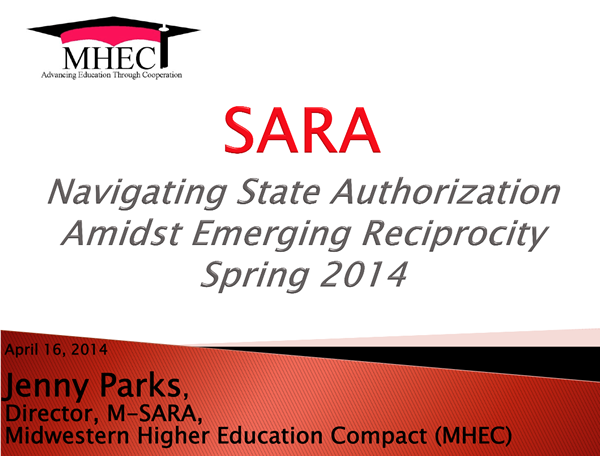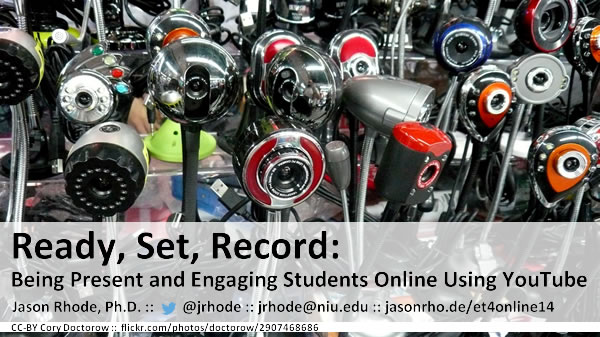The 2014 Blackboard update at NIU to Blackboard Learn 9.1 Service Pack 14 delivers helpful enhancements to existing tools and a few exciting new tools. For example, the new test exception feature makes it easier to adjust test settings for individual students, group management is quicker, and the inline grading side-bar is added to additional tools like blogs and discussions. The new Quick Links button makes it easier to navigate Blackboard with a screen reader, the new Achievements tool adds the ability to recognize students with badges and certificates, and the new Date Management feature helps update availability and due dates after performing a course copy. To prepare for the anticipated update, watch this preview offered 4/18/14 to learn more about these (and more!) enhancements and features.
For complete details about NIU’s planned upgrade to Blackboard 9.1 Service Pack 12/14 during Summer 2014, visit niu.edu/blackboard/upgrade
For archives of other online workshops offered by NIU Faculty Development and Instructional Design Center, visit our YouTube channel. Follow Jason Rhode on Twitter @jrhode




